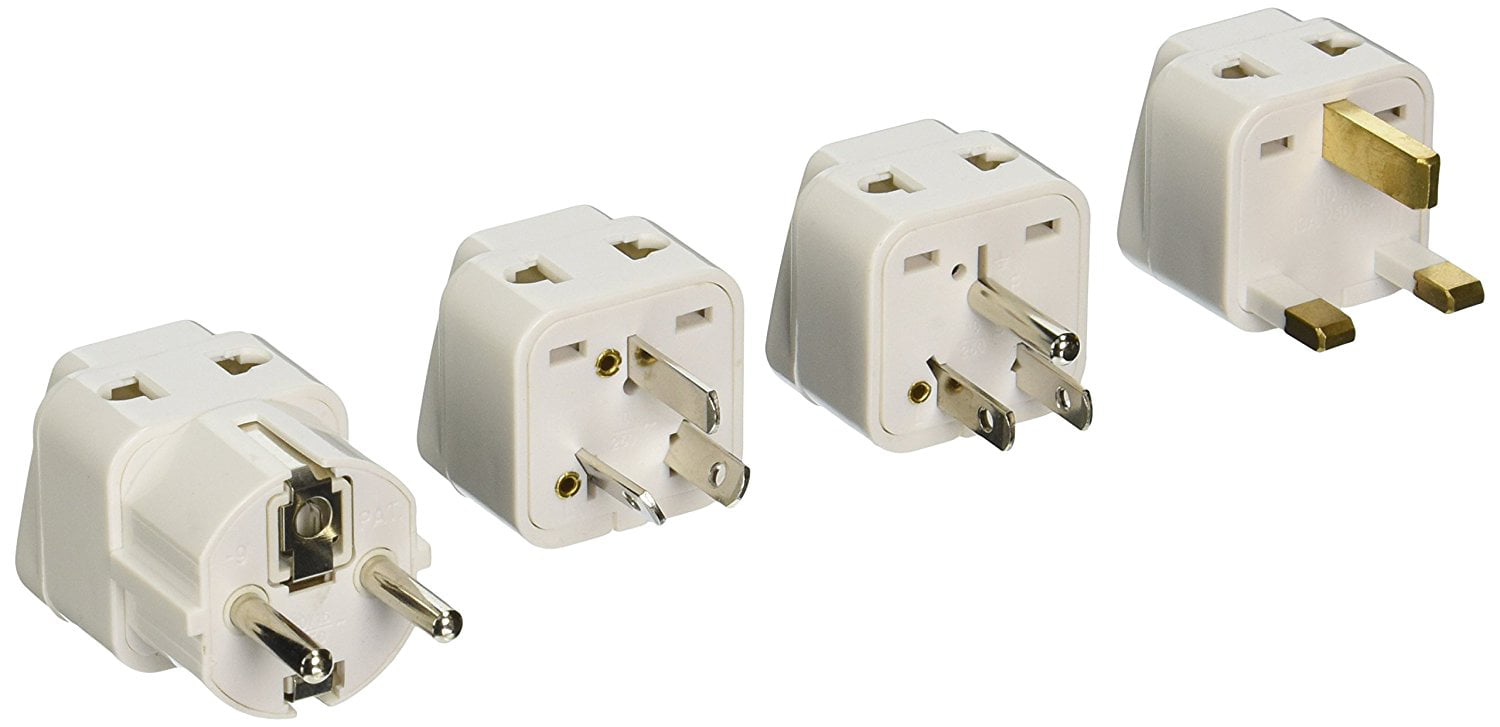


A 240 volts hookup is usually provided through a two-wire cable such as 12/2, 10/2, or 8/2 or three-wire cable such as 12/3, 10/3, or 8/3, the last digit being the number of wires in the cable excluding the ground wire. A lot of high wattage appliances, however, will require 240 volts hookup to operate at a lower power consumption rate. Most of today’s common appliances and fixtures operate off 120-volt wiring. On the other hand, if a hot water heater is being hooked-up, a two-wire cable with two hotlines will be required, without a neutral wire. If the appliance is a stove and requires 120 volts to operate a clock, certain controls, and control board along with 240 volts to run the elements, a three-wire cable will be needed to hook it up with two hot wires and a neutral which will provide the 120 volts across either one of the hotline. There are two ways to wire up an appliance on 240 volts, depending on the appliance’s needs.
#220 volt outlet portable
This allows half the amount of amperage to power a 1500 Watts heater, for instance, as opposed to running a 1500 Watts portable heater plugged into a 120 volts outlet since the current used (in amps) is calculated by dividing the Wattage (1500 in each case) by the voltage which is 240 in the first and 120 in the second case. If it was measured across the two power (hot) lines, it would be at 240 volts. With the neutral as common to both, if a multimeter was used to measure across the neutral line and any one of the two colored power (hot) lines, the reading would be 120 volts. Each 120-volt line runs 180 degrees out of phase with the other. The 240 volts feeding the main electric panel runs on two different wires each carrying 120 volts with respect to a third wire called the neutral and common to both.


 0 kommentar(er)
0 kommentar(er)
